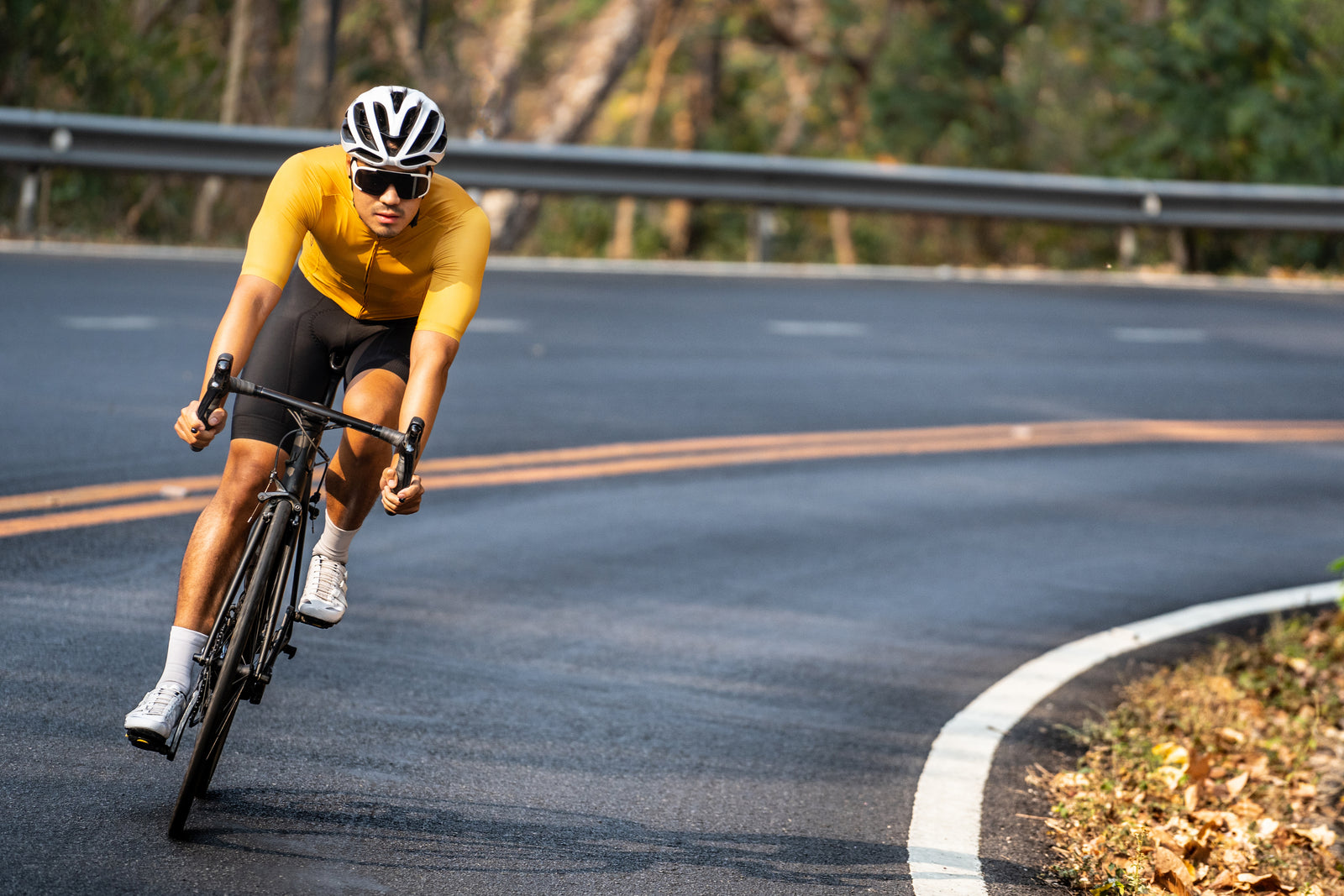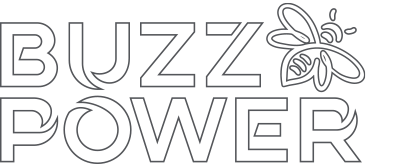Low blood sugar (hypoglycaemia or a hypo) usually happens where your blood sugar (glucose) falls below 4mmol/L. It needs to be treated quickly to stop it getting worse, but you can usually treat it yourself.
Low blood sugar usually affects people with diabetes who take insulin or some other diabetes medicines. It's rare in people without diabetes.
If you have diabetes and get any symptoms of low blood sugar, check your blood sugar if you can. If it's below 4mmol/L you'll need to take steps to treat it.
What causes hypoglycaemia?
Hypoglycaemia is common in people who have diabetes Type1 or who have diabetes Type 2 and take insulin or other diabetes medication It can happen as a side effect of insulin or some other medicines that help your pancreas release insulin into your blood. These medicines can lower your blood glucose level.
Other causes include not eating or drinking enough carbohydrate, taking more exercise than usual, drinking alcohol without food and reduced food intake because of illness.
Signs of a hypoglycaemic episode
A low blood sugar level can affect everyone differently. You'll learn how it makes you feel, although your symptoms may change over time.
Some of the signs of a low blood sugar level include trembling, sweating, dizziness and a fast heartbeat. If not treated quickly hypoglycaemia may lead to fainting and even coma.
Hypoglycaemia needs to be treated urgently by increasing the volume of glucose in the blood. There are many forms of sugar. Sucrose is a polysaccharide and must be broken down into simple sugars to enter the bloodstream. Energy gels based on maltodextrin should be avoided because they may cause nausea, vomiting or digestive side effects. Other sweet foods and drinks may contain artificial sweeteners instead of glucose. Dextrose is a manufactured form of sugar derived from cereal grains.
Many authorities recommend honey as an ideal treatment for hypoglycaemia. These include:
- Mayo Clinic
- Cleveland Clinic
- American Diabetes Association
- Diabetes Canada
- Diabetes Australia
- US CDC
Honey as a treatment for hypoglycaemia
Honey is a combination of glucose and fructose. Glucose is absorbed directly from the mouth as soon as you start to take it. Fructose provides a consistent follow-on effect and also accelerates the absorption of glucose.
Each Buzz Power sachet contains 25 grams of glucose and fructose and 30 grams of pure organic honey. It is the preferred carbohydrate source for many endurance athletes living with diabetes and the ready to use sachets are ideal for unexpected hypoglycemic events. Buzz Power has a delicious caramel taste from the1% added electrolytes and is considerably less expensive than glucose gels.
Other hypoglycaemia treatments
Maltodextrin based energy products should be avoided as they may cause nausea, vomiting or diarrhoea. Glucose and dextrose-based products do not have the benefit of fructose and use artificial sugar derived mostly from cereal grains.
If you are interested in sharing your experience of marathon running, long distance cycling or other endurance sports while living with diabetes, we'd love to hear from you at info@buzz-power.co.uk.
Also in Diabetes




Antony Rand
Author